Filter News
Area of Research
- (-) Supercomputing (41)
- Advanced Manufacturing (15)
- Biological Systems (2)
- Biology and Environment (32)
- Building Technologies (7)
- Chemical and Engineering Materials (1)
- Clean Energy (152)
- Climate and Environmental Systems (4)
- Computational Biology (1)
- Computational Engineering (2)
- Computer Science (10)
- Electricity and Smart Grid (1)
- Energy Sciences (2)
- Fossil Energy (1)
- Fusion and Fission (4)
- Fusion Energy (8)
- Isotope Development and Production (1)
- Isotopes (5)
- Materials (75)
- Materials for Computing (10)
- Mathematics (1)
- National Security (8)
- Neutron Data Analysis and Visualization (2)
- Neutron Science (35)
- Nuclear Science and Technology (18)
- Nuclear Systems Modeling, Simulation and Validation (2)
- Quantum information Science (3)
- Renewable Energy (2)
- Sensors and Controls (2)
- Transportation Systems (2)
News Type
News Topics
- Advanced Reactors (1)
- Artificial Intelligence (1)
- Big Data (4)
- Biology (1)
- Biomedical (4)
- Chemical Sciences (1)
- Climate Change (2)
- Computer Science (16)
- Coronavirus (2)
- Critical Materials (3)
- Energy Storage (1)
- Environment (4)
- Exascale Computing (1)
- Frontier (1)
- Fusion (1)
- High-Performance Computing (3)
- Machine Learning (1)
- Materials (1)
- Materials Science (1)
- Nanotechnology (1)
- Nuclear Energy (1)
- Polymers (2)
- Quantum Computing (4)
- Quantum Science (3)
- Simulation (1)
- Space Exploration (1)
- Summit (6)
- Sustainable Energy (1)
- Transportation (1)
Media Contacts

A team of scientists led by Oak Ridge National Laboratory used machine learning methods to generate a high-resolution map of vegetation growing in the remote reaches of the Alaskan tundra.

Scientists at Oak Ridge National Laboratory and Hypres, a digital superconductor company, have tested a novel cryogenic, or low-temperature, memory cell circuit design that may boost memory storage while using less energy in future exascale and quantum computing applications.

Scientists from the Critical Materials Institute used the Titan supercomputer and Eos computing cluster at ORNL to analyze designer molecules that could increase the yield of rare earth elements found in bastnaesite, an important mineral
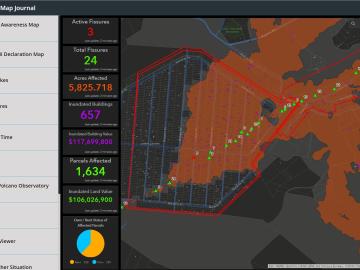
Scientists at Oak Ridge National Laboratory have conducted a series of breakthrough experimental and computational studies that cast doubt on a 40-year-old theory describing how polymers in plastic materials behave during processing.

Nuclear scientists at Oak Ridge National Laboratory are retooling existing software used to simulate radiation transport in small modular reactors, or SMRs, to run more efficiently on next-generation supercomputers. ORNL is working on various aspects of advanced SMR designs through s...
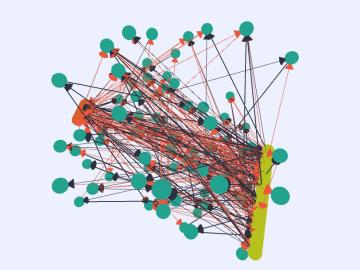
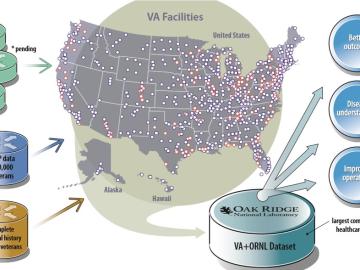
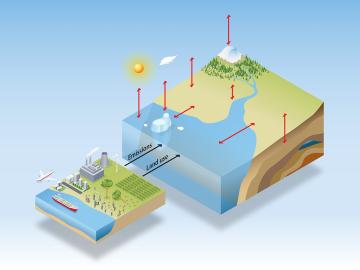
A new integrated computational model reduces uncertainty in climate predictions by bridging Earth systems with energy and economic models and large-scale human impact data. Co-developed by Oak Ridge National Laboratory, the novel integrated Earth system model, or iESM, leverages the power of supercomputers, including ORNL’s Titan, to couple biospheric feedbacks from oceans, atmosphere and land with human activity, such as fossil fuel emissions, agriculture and land use.
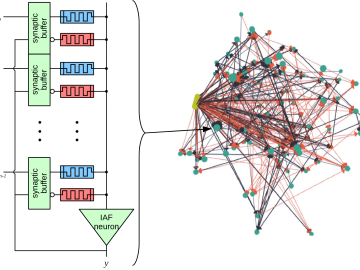
In a first for deep learning, an Oak Ridge National Laboratory-led team is bringing together quantum, high-performance and neuromorphic computing architectures to address complex issues that, if resolved, could clear the way for more flexible, efficient technologies in intelligent computing.




